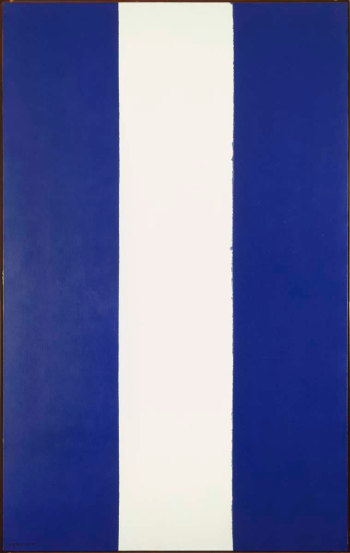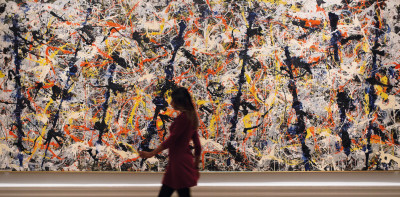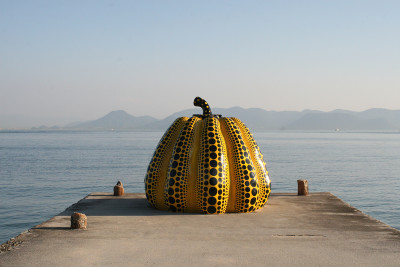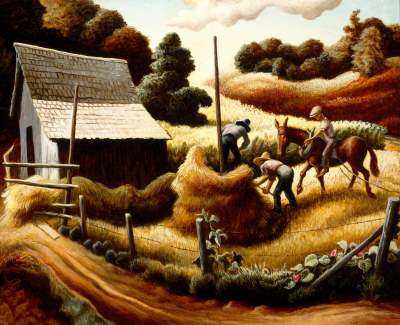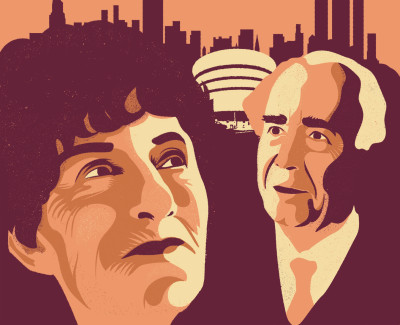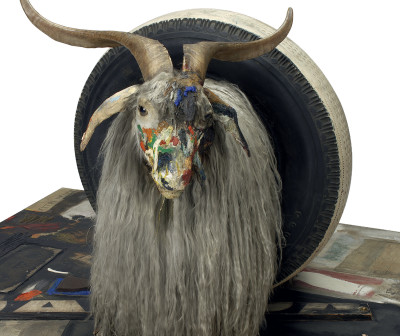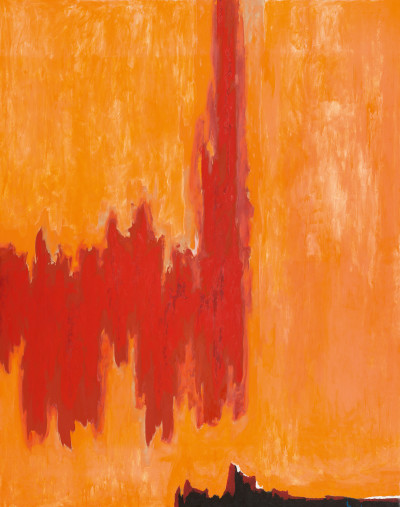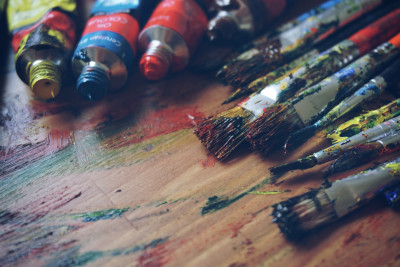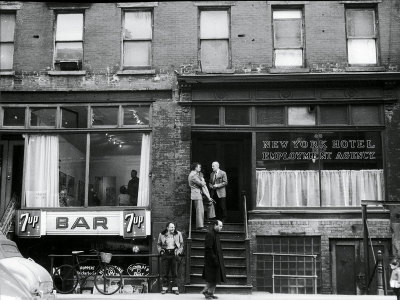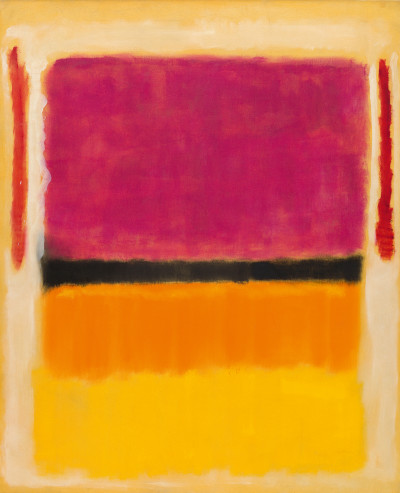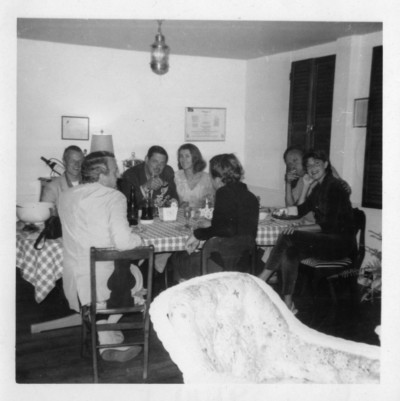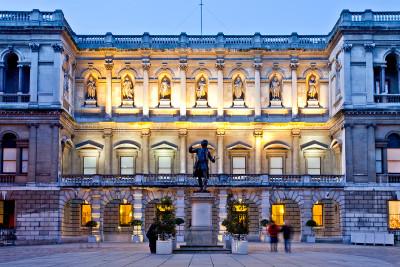The RA has partnered with Jazz FM to create a playlist of music inspired by Abstract Expressionism. The principal of improvisation was central to the Abstract Expressionists’ approach to making art. Because of this, a comparison has often been made with jazz, which reached its most experimental phase at about the same time as Abstract Expressionism.
As in paintings by Joan Mitchell, Sam Francis, Lee Krasner and Helen Frankenthaler, jazz moved between the spontaneous and the controlled, the apparently random with the melodic and ordered. Not all the Abstract Expressionists had an interest in music, but there are certainly parallels between the two art forms.







